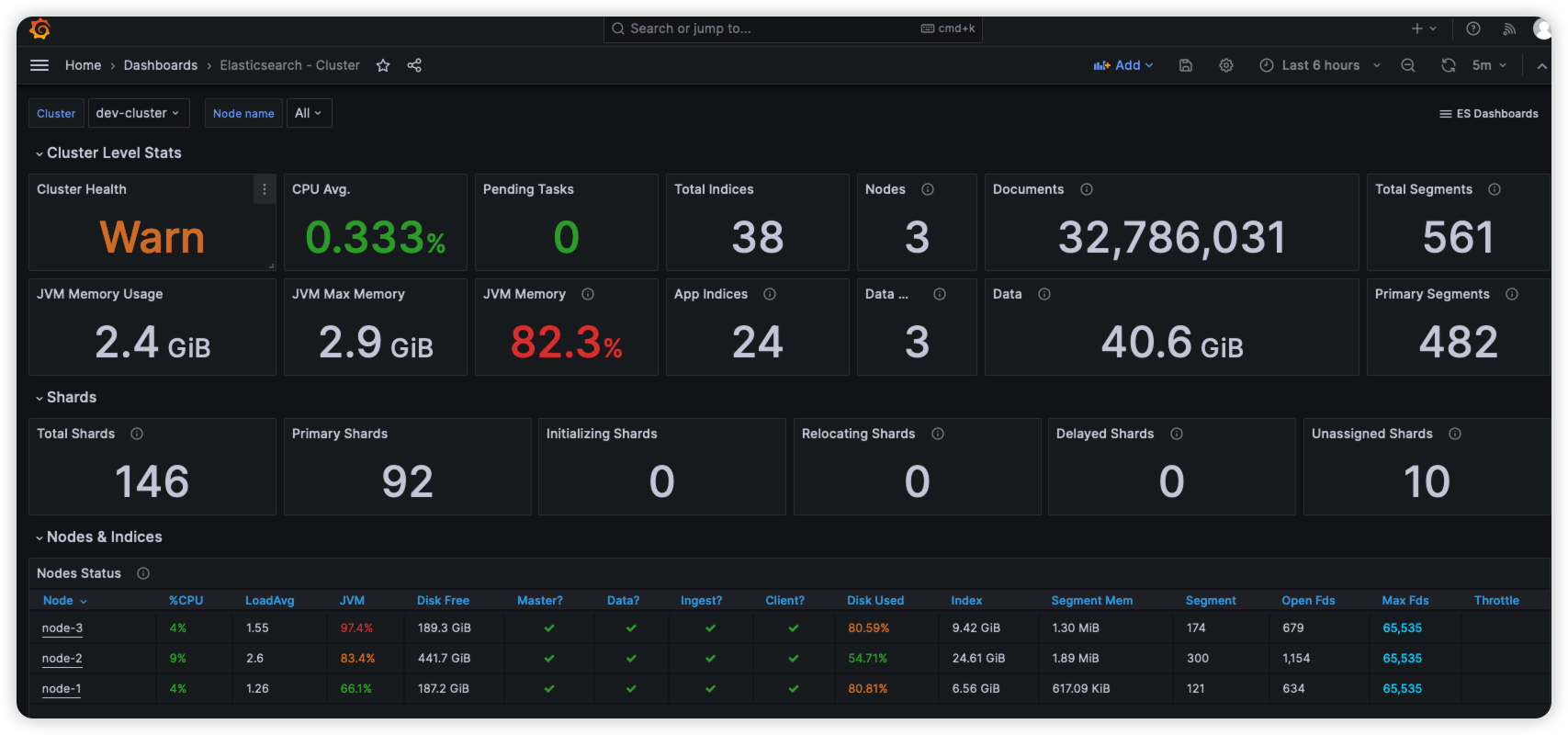示例图:

GestureDetector 介绍:
GestureDetector 是 Android 开发中用于识别和处理手势的一个类。它允许开发者检测用户在触摸屏上的各种手势,如滑动、长按、双击等。通过使用 GestureDetector,您可以轻松地为应用程序添加手势识别功能,从而提供更直观和自然的用户界面。
API:手势检测器 |Android 开发者 (google.cn)
使用 GestureDetector 的基本步骤如下:
- 创建 GestureDetector 实例:首先,您需要创建一个
GestureDetector的实例。这通常通过传递一个GestureDetector.SimpleOnGestureListener的实例来完成,该实例实现了GestureDetector.OnGestureListener接口。 - 设置 View 的 OnTouchListener:将
GestureDetector实例设置为您想要检测手势的视图的OnTouchListener。这样,当用户与视图交互时,GestureDetector就会捕获这些事件。 - 实现手势识别逻辑:在
SimpleOnGestureListener的实现中,您需要覆盖相应的方法来处理不同类型的手势。例如,您可以覆盖onDown()、onScroll()、onLongPress()等方法来处理相应的手势。 - 处理手势事件:在覆盖的方法中,您可以添加自定义逻辑来处理不同类型的手势。例如,当检测到滑动手势时,您可以执行某个动作;当检测到长按手势时,您可以显示一个菜单等。
通过这种方式,GestureDetector 使得处理用户在触摸屏上的手势变得非常简单和直观。这为创建直观和交互性强的应用程序提供了强大支持。
MainActivity.java
package com.example.mygesturedetectordemo;
import android.annotation.SuppressLint;
import android.os.Bundle;
import android.view.GestureDetector;
import android.view.MotionEvent;
import android.widget.TextView;
import androidx.appcompat.app.AppCompatActivity;
public class MainActivity extends AppCompatActivity {
private TextView textView;
//1.创建 GestureDetector 实例
GestureDetector mGestureDetector;
@SuppressLint("ClickableViewAccessibility")
@Override
protected void onCreate(Bundle savedInstanceState) {
super.onCreate(savedInstanceState);
setContentView(R.layout.activity_main);
textView = findViewById(R.id.textView);
//1.1 初始化对象
mGestureDetector = new GestureDetector(this, new MyGestureListener());
//2.设置 View 的 OnTouchListener 设置触摸监听事件
textView.setOnTouchListener((v, event) -> {
//分析给定的运动事件,如果适用,则触发 对提供的进行适当的回调。OnGestureListener
mGestureDetector.onTouchEvent(event);
return true;
});
}
//3. 实现手势识别逻辑:在 SimpleOnGestureListener 的实现中
class MyGestureListener extends GestureDetector.SimpleOnGestureListener {
//4.处理简单的手势事件
/**
* 滑动
*
* @param e1 开始位置
* @param e2 结束位置
* @param velocityX 表示在X轴方向上的速度,单位是像素/毫秒
* @param velocityY 表示在Y轴方向上的速度,单位是像素/毫秒
* @return false
*/
@Override
public boolean onFling(MotionEvent e1, MotionEvent e2, float velocityX, float velocityY) {
//从右往左边滑动 开始x坐标 - 结束x坐标 = 滑动的距离 > 50
if (e1.getX() - e2.getX() > 50) {
textView.setText("从右往左边滑动");
// Toast.makeText(MainActivity.this,"从右往左边滑动",Toast.LENGTH_SHORT).show();
//从左往右边滑动 开始x坐标 + 结束x坐标 = 滑动的距离 > 50
} else if (e1.getX() + e2.getX() > 50) {
textView.setText("从左往右边滑动");
}
return super.onFling(e1, e2, velocityX, velocityY);
}
}
}
activity_main.xml
<?xml version="1.0" encoding="utf-8"?>
<androidx.constraintlayout.widget.ConstraintLayout xmlns:android="http://schemas.android.com/apk/res/android"
xmlns:app="http://schemas.android.com/apk/res-auto"
xmlns:tools="http://schemas.android.com/tools"
android:layout_width="match_parent"
android:layout_height="match_parent"
tools:context=".MainActivity">
<TextView
android:id="@+id/textView"
android:layout_width="500dp"
android:layout_height="500dp"
android:background="#FF5722"
android:gravity="center"
android:textSize="24sp"
app:layout_constraintBottom_toBottomOf="parent"
app:layout_constraintEnd_toEndOf="parent"
app:layout_constraintStart_toStartOf="parent"
app:layout_constraintTop_toTopOf="parent" />
</androidx.constraintlayout.widget.ConstraintLayout>
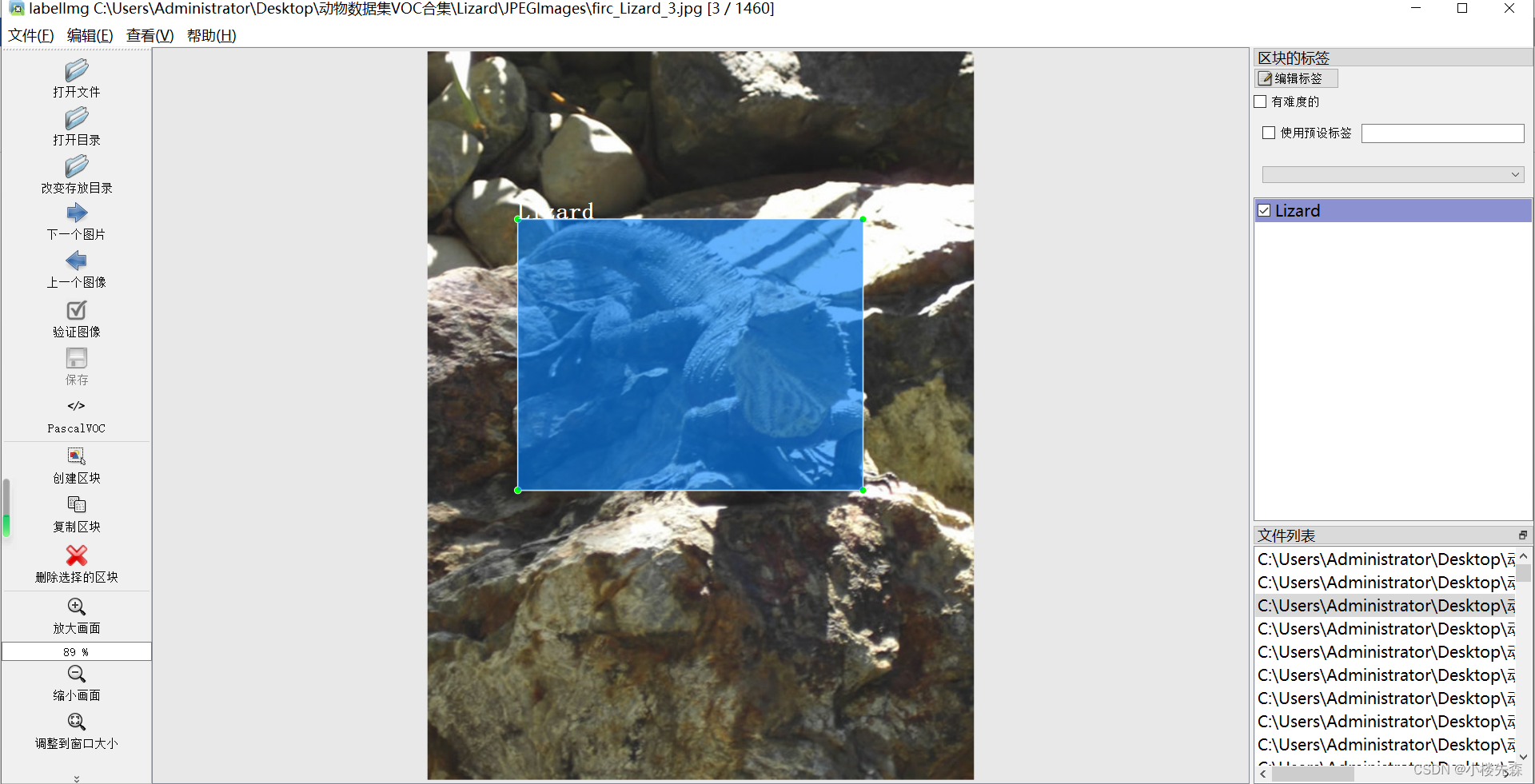

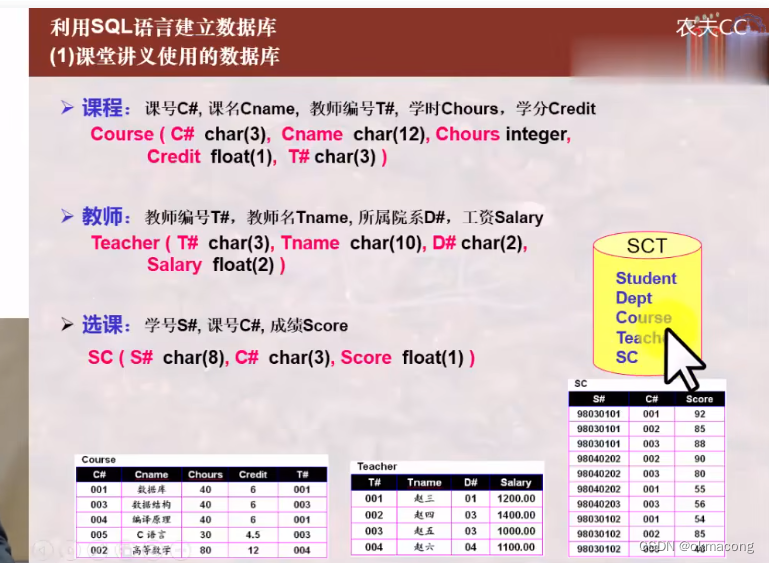
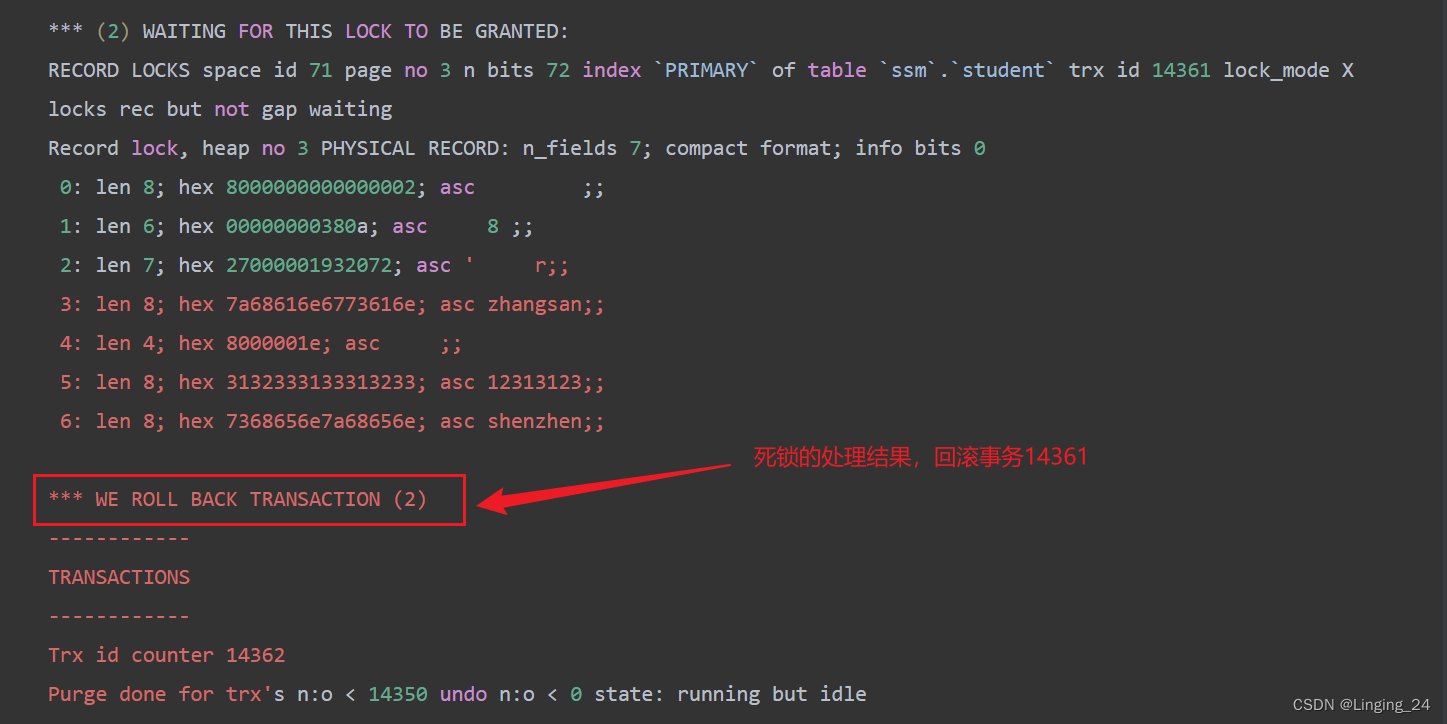
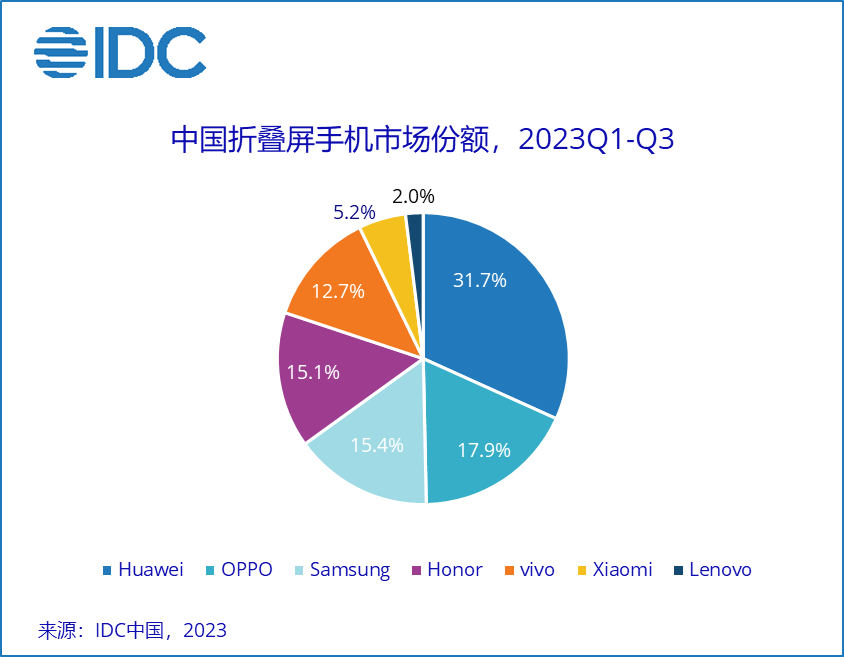


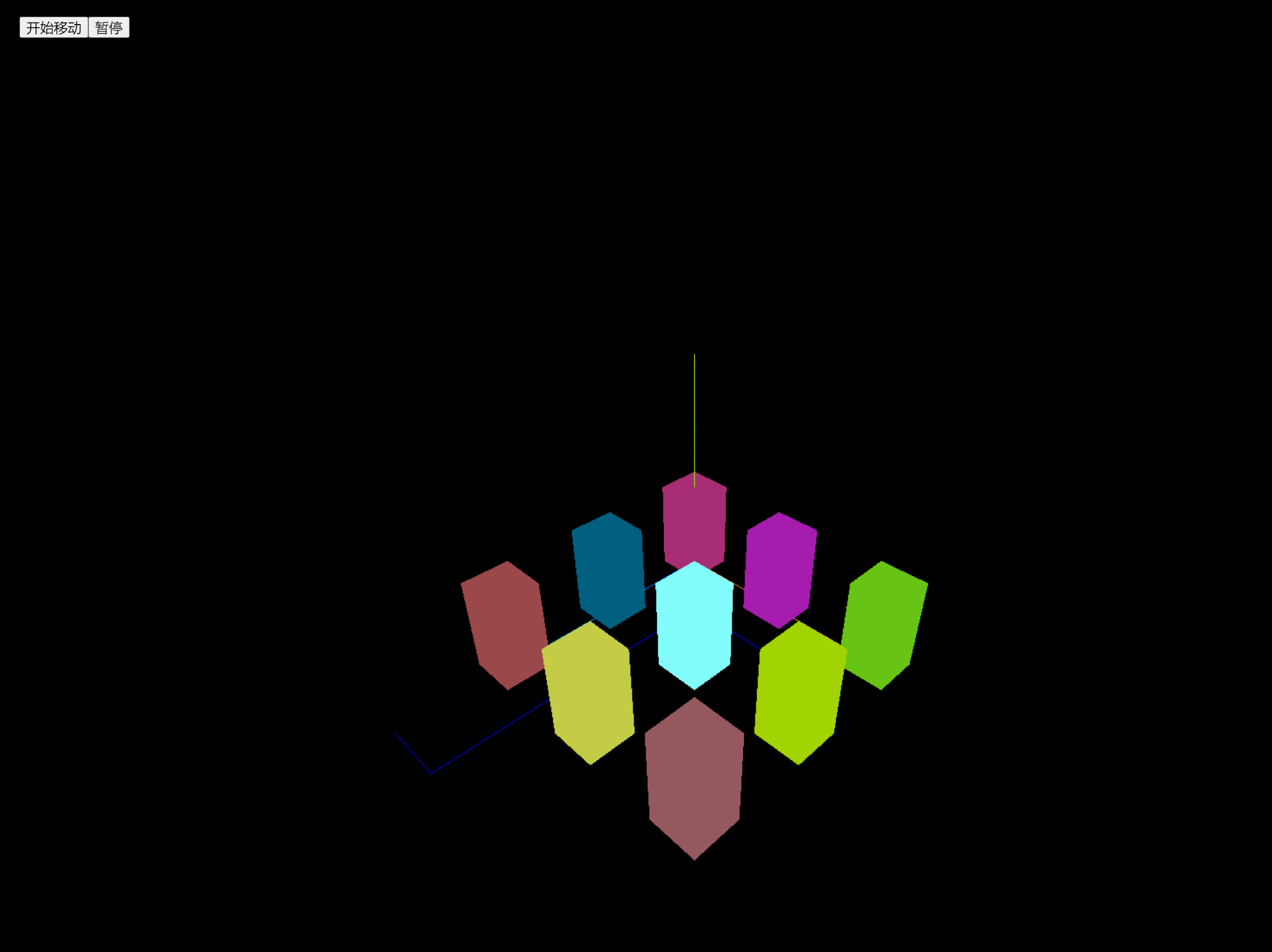



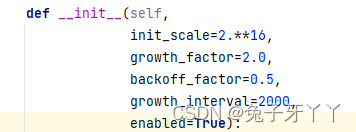




![Dependency Dialogue Acts — Annotation Scheme and Case Study [论文解读]](https://img-blog.csdnimg.cn/direct/6553394c0e614d4780209ba8c10d05eb.png)
